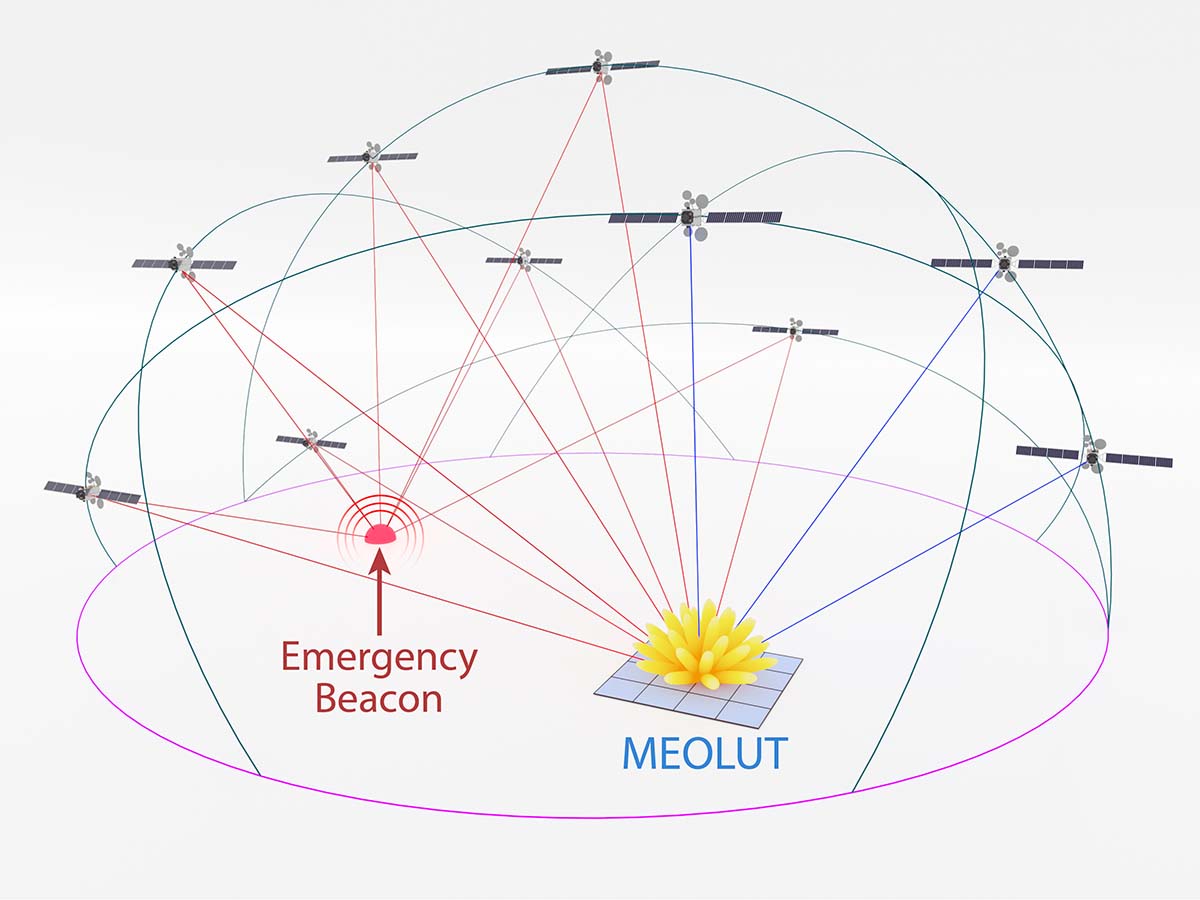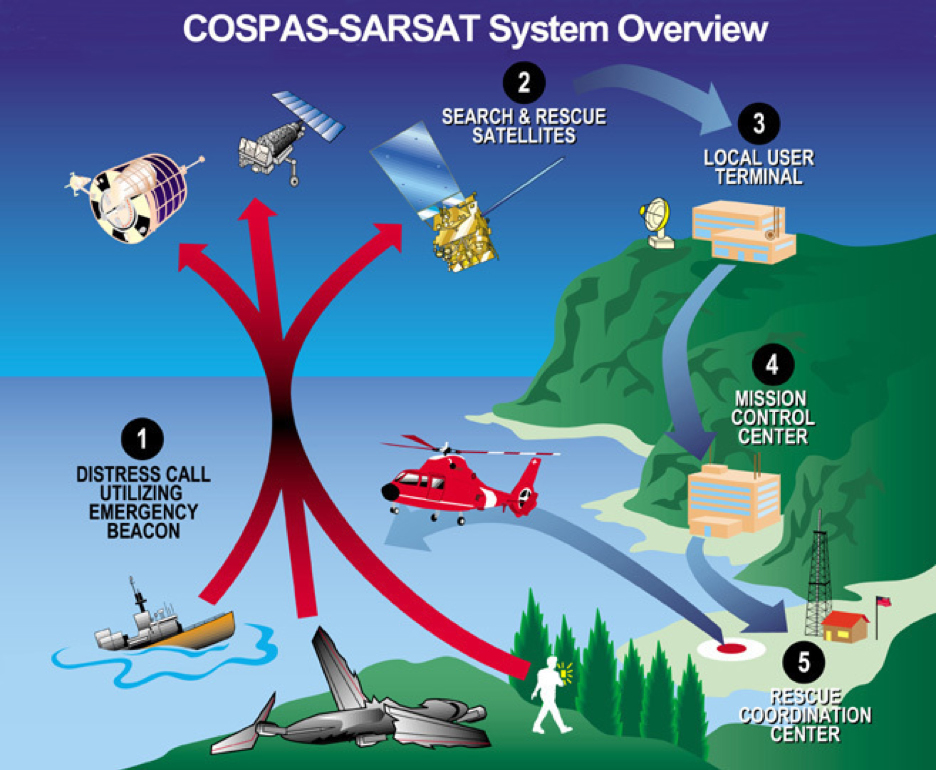Press Release
Johns Hopkins APL, NASA Upgrade Global Search and Rescue System
NASA may be best known for focusing on what’s beyond Earth’s atmosphere, but the agency also has another role — searching for human life on our home planet, especially when those lives are in danger. Staff members from the Air and Missile Defense Sector at the Johns Hopkins Applied Physics Laboratory (APL) are working with NASA Goddard Space Flight Center (GSFC) and its partners to upgrade NASA’s Search and Rescue (SAR) system.
Lab experts are supplementing legacy reflector antennas with a phased-array antenna system, an element-level-digital phased-array antenna that may offer better performance, reliability and maintainability.
Project engineer Chris Dura said, “The SAR system at GSFC is a Medium Earth Orbit Local User Terminal (MEOLUT) in the Medium Earth Orbit Search and Rescue System of the Cospas-Sarsat Program. The Cospas-Sarsat Program is an international SAR distress alerting satellite system, a network of distress beacons, relay satellites and ground-based user interfaces that alerts rescue teams of people in distress and their locations. A user activates a distress beacon that broadcasts to satellites within the beacon’s field of view.”
The satellite then relays the distress signal to user terminals — like the one at Goddard — which process the signal and alert rescue teams.
The signal is processed through a Mission Control Center (MCC), which is staffed 24/7. In addition, Rescue Coordination Centers are staffed to read the location that comes from the MCC and make phone calls to the rescue authorities (in the U.S. that’s the Coast Guard, Air Force or local rescue authorities in each state).
The GSFC system uses six reflector antennas, each limited to tracking one satellite at a time as it moves across the reflector’s field of view. The antennas require a large physical area to avoid blocking other antennas, and the moving parts of each reflector require regular maintenance — which degrades system performance and adds cost.


